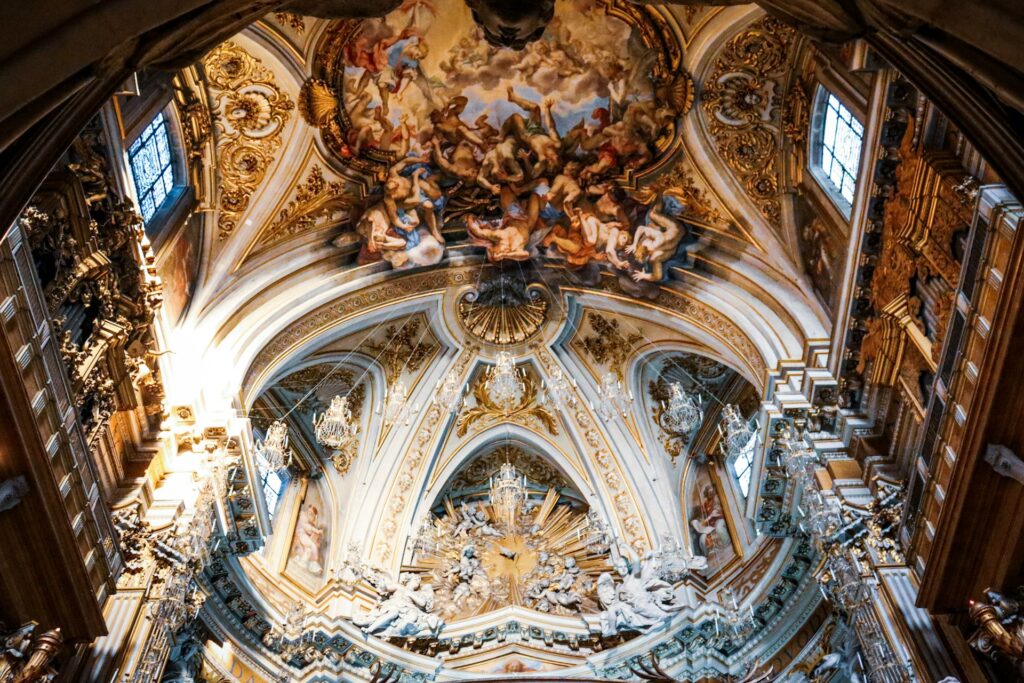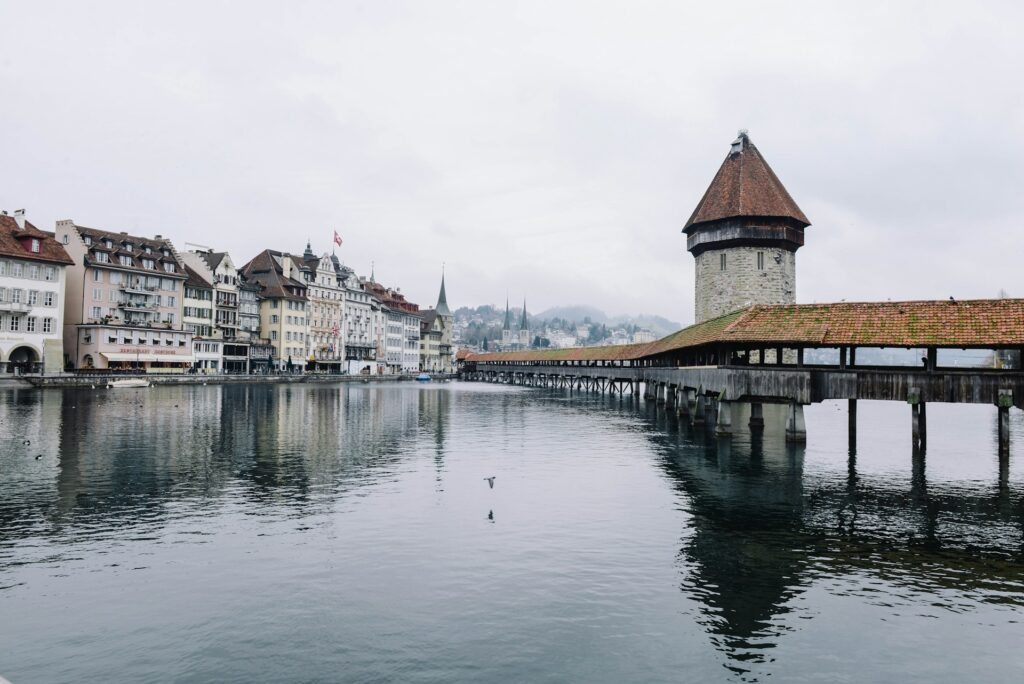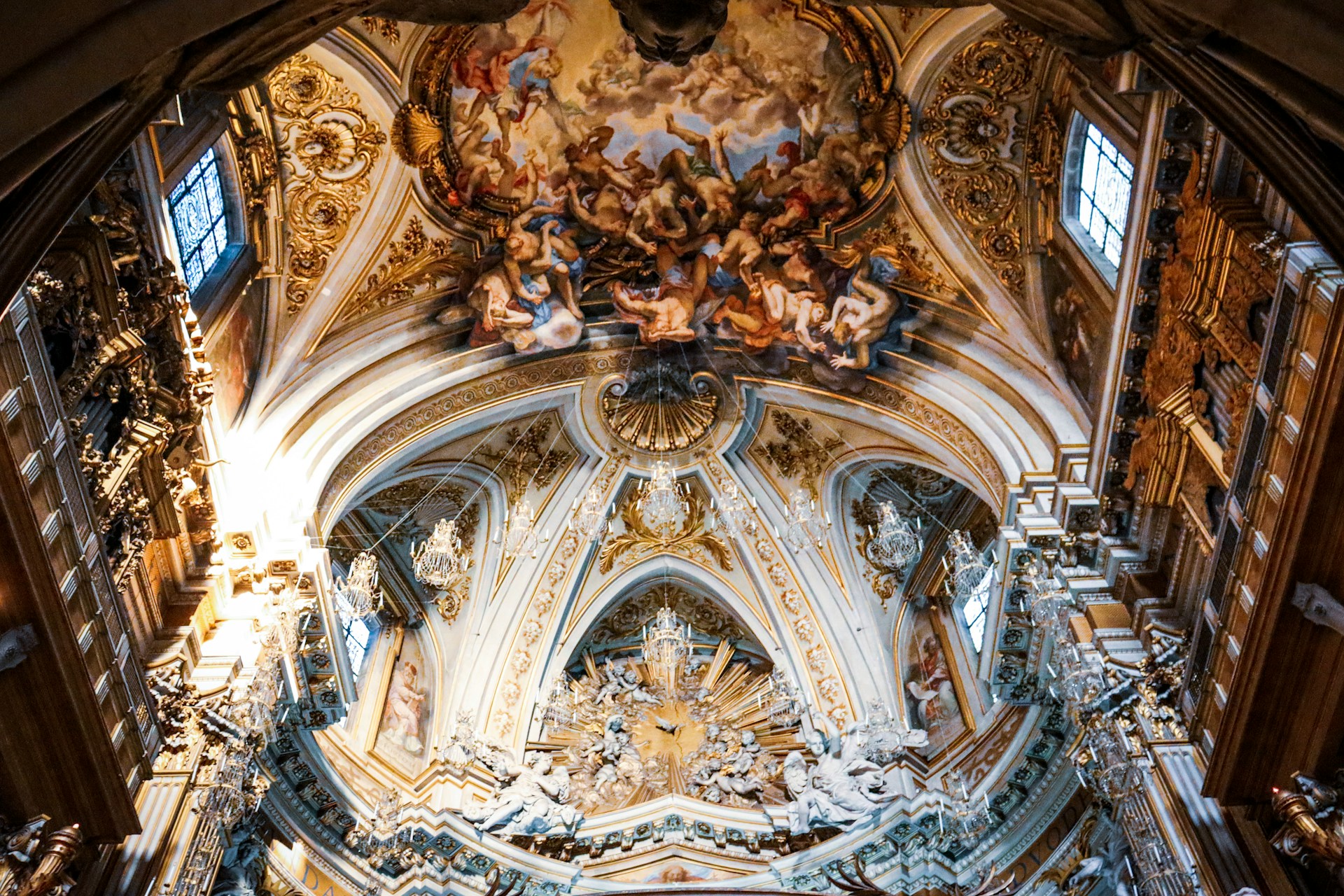
Some journeys stay with you. Not just for the sights, but for the way they make you feel. Central Europe has that effect. There’s something about the soft echo of footsteps in a quiet city square, or the way lake water catches the light at sunset, that gently lingers long after you’ve returned home.
This is a region where life moves at just the right pace—unhurried, full of flavour, and framed by landscapes that feel almost too perfect to be real.
Table of Contents
The Slow Beauty of Switzerland
Switzerland is the kind of place that makes you exhale the moment you arrive. Clean air, glistening lakes, and mountains so sharply drawn they seem to belong to another world. Mornings are quiet, the sort where you wrap your hands around a warm coffee and watch mist lift slowly off the water.
Travelling through on a Switzerland tour is like watching a story unfold through your train window—peaks giving way to valleys, vineyards curling down hillsides, and postcard villages appearing just when you least expect them. Everything runs smoothly. Trains arrive exactly when they say they will, and people speak softly, as if not to disturb the landscape.
In towns like Lucerne, the wooden bridges and medieval towers feel lovingly preserved, not for tourists, but because they still matter to the people who live there. And in the alpine villages—Zermatt, Lauterbrunnen, Grindelwald—life feels more elemental. You hear your own footsteps. You notice the sky.

Stepping into Italy’s Warm Embrace
Cross into Italy, and it feels like stepping into colour. The air warms, voices grow louder, and even the light seems golden. It’s not just a different country—it’s a different mood entirely.
Italy tours tend to start in the north, where the lakes shimmer like polished glass. Lake Como is so beautiful it almost feels staged: cypress trees, winding lanes, pastel houses that catch the afternoon sun. But it’s real—and people live here, laugh here, hang out washing between balconies just like anywhere else.
In Venice, gondolas drift past crumbling façades, and it’s impossible not to fall a little bit in love—with the place, or maybe just with the moment. Florence greets you with sculpture and stone, with the scent of leather and espresso in the air. And Rome? Rome wraps history around you like a scarf. It’s loud, chaotic, endlessly fascinating.
There’s no need to rush. In fact, you’d miss the best parts if you did.

The Joy of the Journey
One of the true pleasures of travelling through Central Europe is how close everything is—and how much it changes in just a few hours. You can go from Alpine stillness to baroque grandeur or from lake views to city buzz, all in a single afternoon.
Austria sits gracefully in between. In Salzburg, the hills really do feel alive with music. It’s compact, charming, full of baroque architecture and the smell of baking strudel. Vienna is grand in an understated way—palaces, opera, thick hot chocolate and café tables that practically insist you stay a while.
Trains weave through the landscape like gentle lines in a storybook. No airport queues, no stress—just mountains giving way to meadows, then to steeples and town squares, each one inviting you in.
Still Waters and Slower Days
There’s something deeply grounding about being near water, and Central Europe has some of the most beautiful lakes you’ll ever see.
Lake Bled in Slovenia is almost too lovely to describe. A tiny island with a white church, rowboats gliding across the surface, forested hills all around. It’s the kind of place where time slows, where you find yourself sitting on a bench far longer than you meant to.
Further west, Germany’s Lake Constance feels open and inviting, shared between Germany, Austria and Switzerland. The towns that line its shore—Meersburg, Lindau, Überlingen—are peaceful, full of flowers and fairy-tale buildings, the kind of places where you buy a pastry and wander just because.
These lakes don’t ask for much. A good book. A pair of walking shoes. Maybe a swim if the weather’s right. That’s all.
Mountain Moments
The mountains that thread through Central Europe aren’t just scenery. They shape everything—the food, the architecture, the way people live. In the Dolomites, villages cling to slopes like they’ve always been there, chalets with painted shutters and smoke curling from chimneys.
In Austria’s alpine towns or Slovenia’s Julian Alps, life slows down to meet the pace of the land. You hike. You nap. You find a terrace and let the view speak for itself.
Even in winter, when snow softens every edge, there’s warmth everywhere—in the food, the inns, the way strangers chat at the bus stop like old friends.
Flavour, Culture, and Connection
You’ll eat well here. Not just because the food is good (it is), but because meals are part of the rhythm of life. In Switzerland, fondue isn’t just a dish—it’s an event. In Austria, cakes are served with ritual precision, always with a coffee that’s made exactly right.
And Italy? It’s all about joy. Homemade pasta, wine poured freely, plates shared. Food that tastes like love and tradition and sunshine.
But the real flavour of Central Europe is in the little things. The man playing accordion on a quiet bridge. The baker who insists you take a second croissant, “just in case.” The gallery owner who tells you not just about the painting, but about the artist, the story behind it, and how it makes her feel.
Those are the moments you remember.
Final Reflections
Central Europe isn’t about big gestures. It’s about a thousand small ones—the glint of lake water, the smile from a stranger, the feeling that you belong even when you don’t speak the language.
It’s a region that doesn’t demand to be seen. It waits patiently to be noticed.
To walk slower. To listen more. To savour.
Because the magic here isn’t in what you do. It’s in how it makes you feel while you’re doing it—and how that feeling stays with you, long after the suitcase is unpacked.
